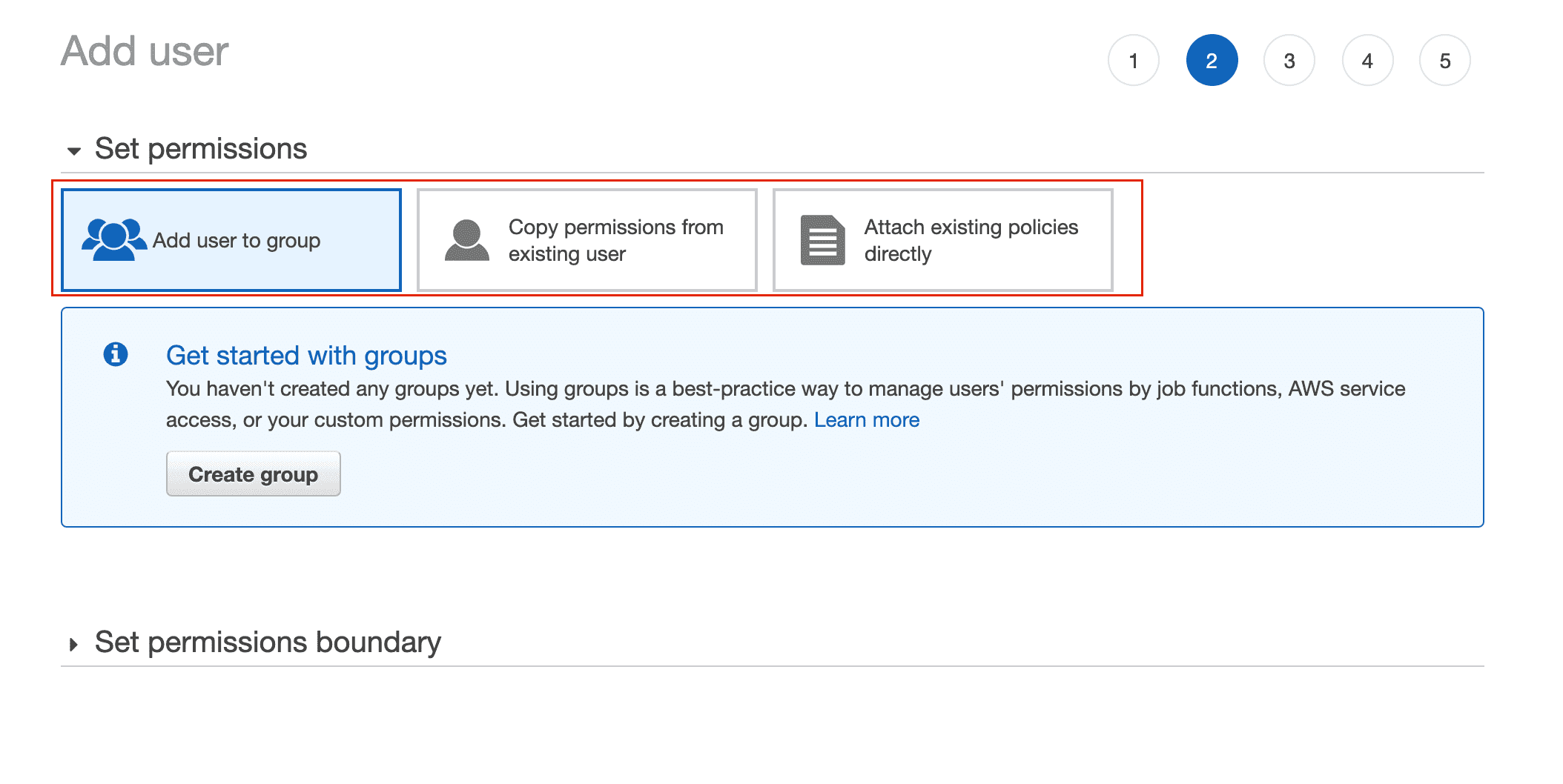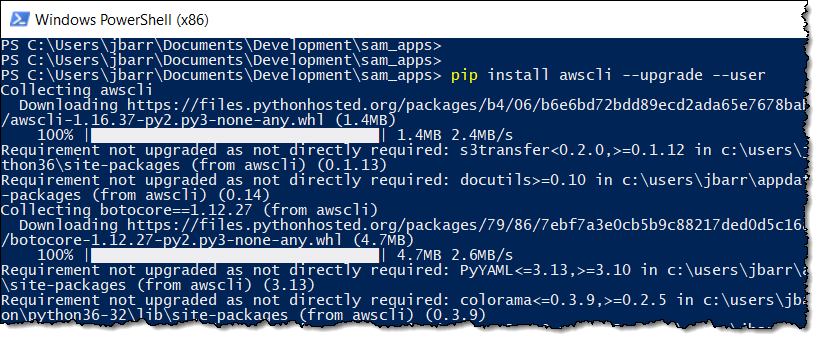

- AWS CLI LOCAL DYNAMODB INVALIDCLIENTTOKENID INSTALL
- AWS CLI LOCAL DYNAMODB INVALIDCLIENTTOKENID DOWNLOAD
AWS CLI LOCAL DYNAMODB INVALIDCLIENTTOKENID INSTALL
If your Linux distribution doesn’t have a built-in unzip command, use an equivalent to install it.
AWS CLI LOCAL DYNAMODB INVALIDCLIENTTOKENID DOWNLOAD
You can verify the integrity and authenticity of the installation file after you download it. Downloading from the URL – To download the installer using your browser, use the following URL.Use the following instructions for the install command to specify the installation location: You can install without sudo if you specify directories that you already have written permissions to. The command includes sudo to grant write permissions to those directories. By default, the files are all installed to /usr/local/aws-cli, and a symbolic link is created in /usr/local/bin. The installation command uses a file named install in the newly unzipped aws directory. The following example command unzips the package and creates a directory named aws under the current directory. If your Linux distribution doesn’t have a built-in unzip command, use an equivalent to unzip it. To download the installer with your browser, use the following URL:.Installation:įollow these steps from the command line to install the AWS CLI on Linux: Because AWS doesn’t maintain third-party repositories, it can’t guarantee that they contain the latest version of the AWS CLI.It supports the AWS CLI version 2 on Linux ARM.It supports the AWS CLI version 2 on 64-bit versions of recent distributions of CentOS, Fedora, Ubuntu, Amazon Linux 1, and Amazon Linux 2.These are included by default in most major distributions of Linux. The AWS CLI version 2 uses glibc, groff, and less.If your operating system doesn’t have the built-in unzip command, use an equivalent.

You must be able to extract or “unzip” the downloaded package.It has a self-contained, embedded copy of Python included in the installer. The AWS CLI version 2 has no dependencies on other Python packages.

Before you can use the AWS CLI with DynamoDB, you must get an access key ID and secret access key. We can also use it to embed Amazon DynamoDB operations within utility scripts. We can use the AWS CLI for ad hoc operations, such as creating a table. We can use the AWS Command Line Interface (AWS CLI) to control multiple AWS services from the command line and automate them through scripts.


 0 kommentar(er)
0 kommentar(er)
